Four iPhone 14 leaks you need to know, even though it isn’t coming until 2022
The 2022 iPhone could have features that don’t land in the iPhone 13
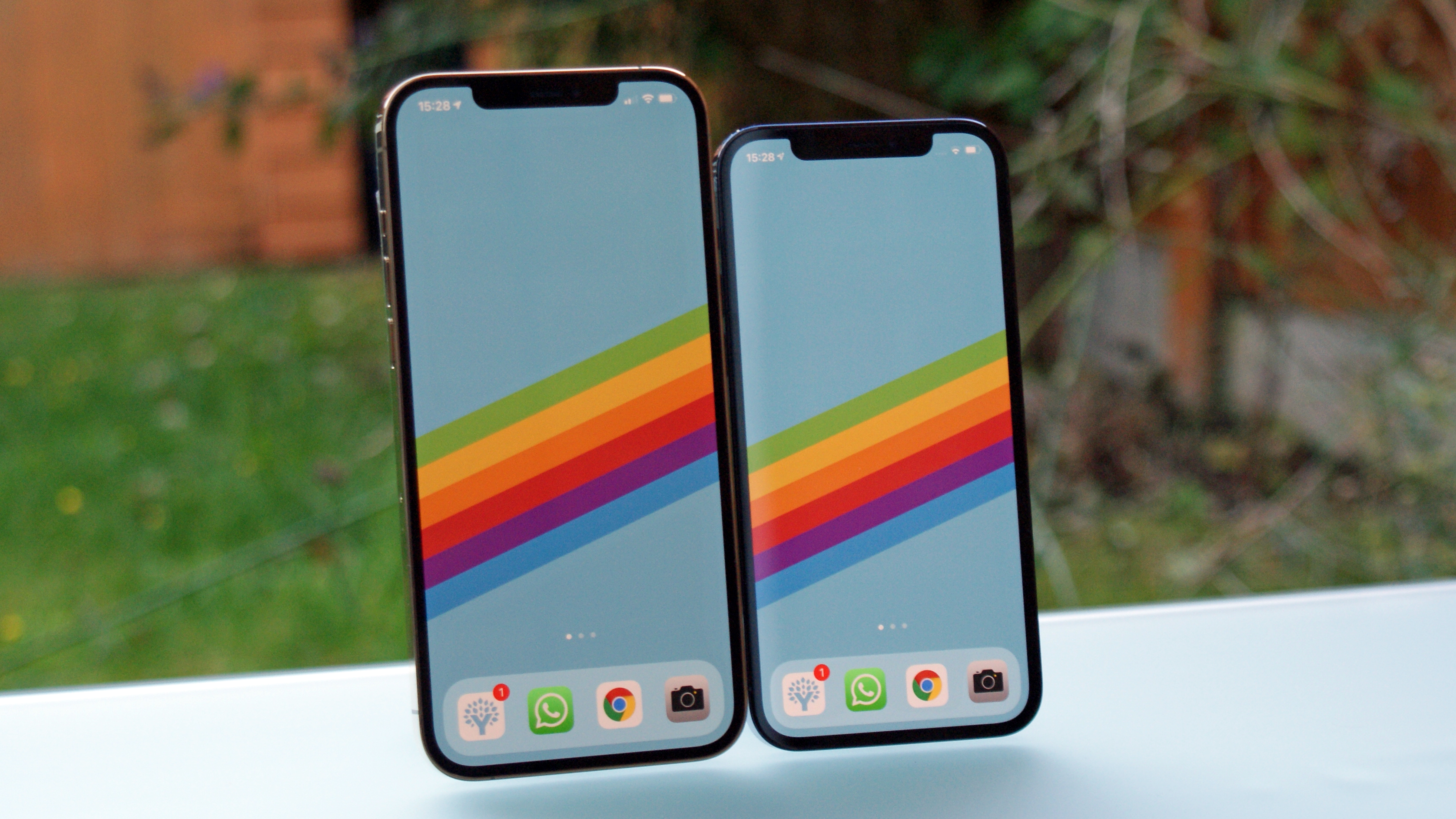
The iPhone 12 range was released in late 2020, so the next Apple phones we’re looking forward to are the iPhone 13 handsets – but all the rumors suggest a lot of small improvements. That means we might have to wait until Apple’s 2022 phones, the supposed iPhone 14 range, for the big changes that could bring iPhones into the future.
Some of these big changes are advances that might be coming, but not in time for the iPhone 13. Ergo, we expect things like finally losing the notch to happen in the iPhone 14 – in which case, we’d expect a punch-hole to house the selfie camera, but it’s always possible Apple puts it under the display – which would make sense given all its Face ID-enabling sensors.
We’re over a year out from the iPhone 14 release, and plenty of things can change before then. Chief among the uncertainties is the name: some rumors suggest Apple could return to its ‘S’ nomenclature and make the 2021 phones the ‘iPhone 12S,’ meaning the 2022 Apple handsets could be the iPhone 13 – but before we confuse you any more, let’s just refer to this upcoming generation as the iPhone 14 we expect to come out next year until we hear differently.
Given we haven’t heard much about the iPhone 14 range, we’ll share what we have and expound on what we’d like to see come in Apple’s phones, including features we’ve already seen debut in Android phones and advanced perks we’ve seen sketched out on Apple patents. Here’s everything we know – and what we want – in the iPhone 14.
- iOS 14.5 release date, beta and every new feature the update brings to your iPhone
- Google Pixel 6 release date, price, specs, news and leaks
- Xiaomi Mi 11's answer to the Samsung Galaxy S21 Ultra could be here very soon
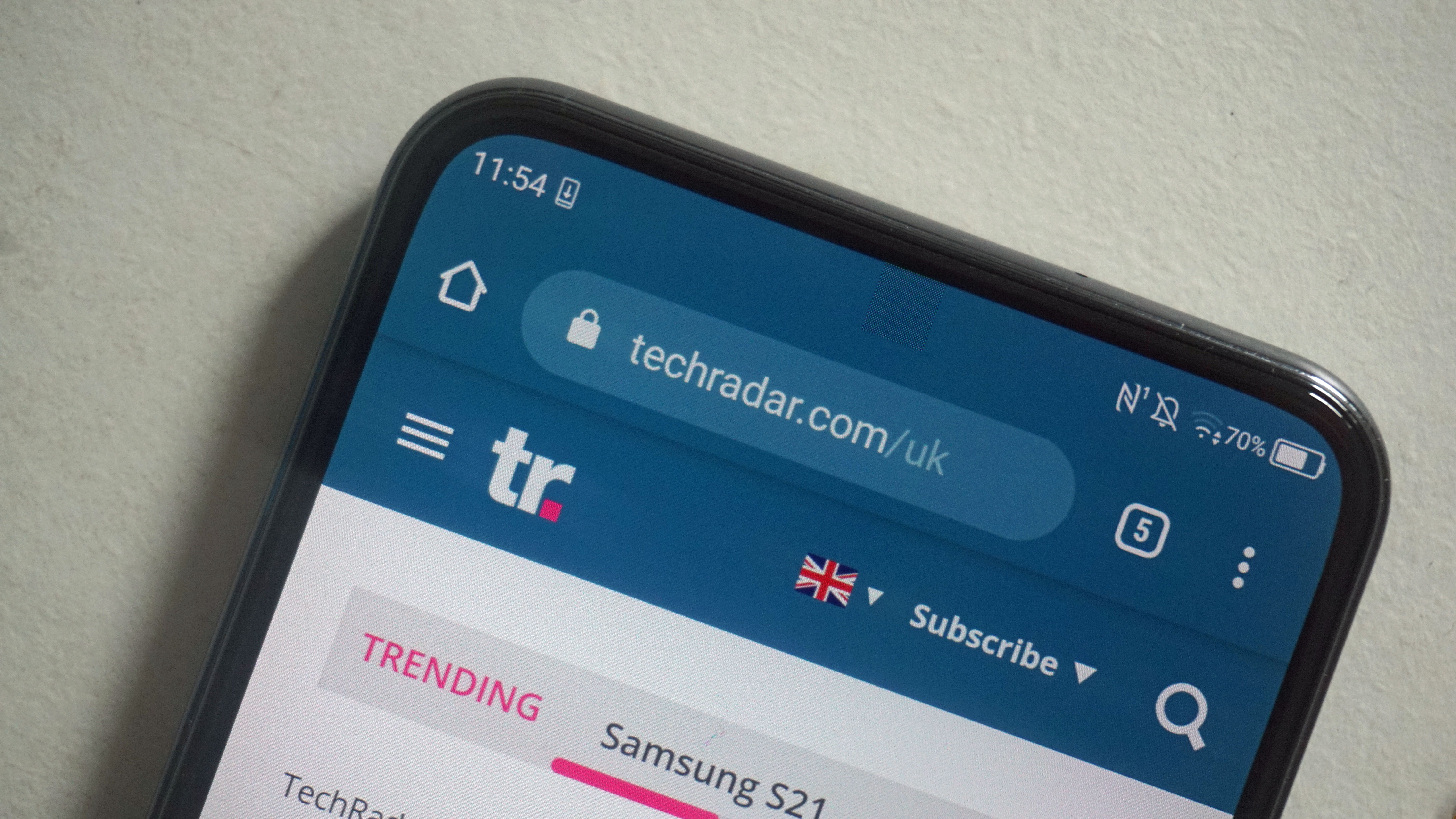
iPhone 14 ditching the notch
One rumor suggests that the iPhone 14 will finally ditch the notch – and given it comes from noted Apple analyst Ming-Chi Kuo, we’d give it more consideration than other predictions this far out.
Other Android phones lost their notches years ago, but Apple has kept the notch to hide the front-facing sensors (dot projector, infrared camera, and flood illuminator) that enable Face ID. But the rumor notes the iPhone 14 may ditch the notch and just have a punch-hole for the selfie camera – though it’s unclear where those sensors would go.
It’s possible the sensors would get a smaller notch, or they’d be minimized – perhaps combined into fewer units – and placed alongside the selfie camera for an elongated punch-hole.
Get daily insight, inspiration and deals in your inbox
Sign up for breaking news, reviews, opinion, top tech deals, and more.
Or Apple could just leap ahead of most Android phones and hide its sensors under the display, like the ZTE Axon 20 5G. We’ll have to see how Apple rearranges its sensors (or replaces them with photo-dedicated sensors entirely), but ultimately, everyone will like seeing the punch-hole go.
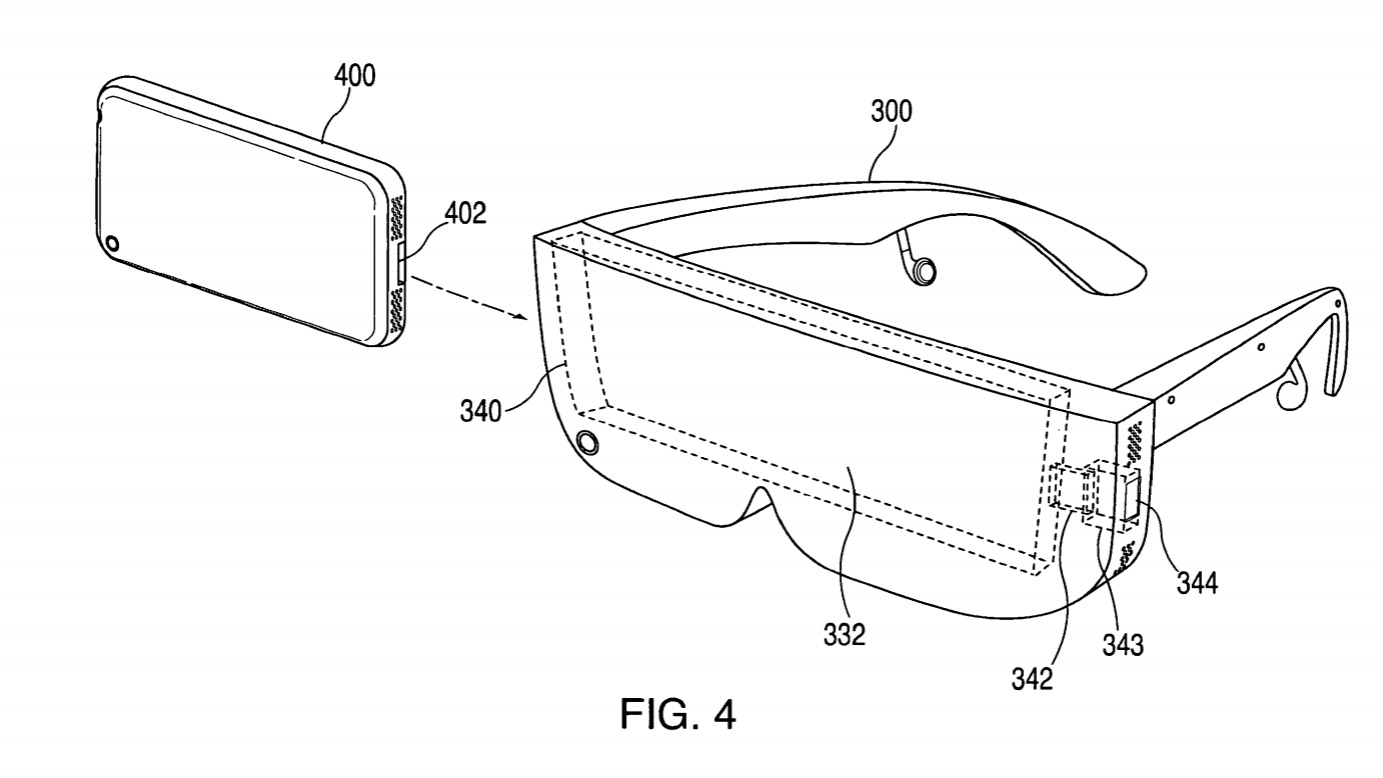
iPhone 14...glasses?
This one’s a bit more pie-in-the-sky, but one patent suggests that the much-rumored Apple Glasses will simply be frame-holders to slip an iPhone into, a la Google Cardboard. And given we haven’t heard about the iPhone 13 working this way, then the iPhone 14 could be the Apple device that enables this functionality.
Of course, we haven’t heard much else about Apple Glasses that use an iPhone’s display in place of bespoke binocular lenses – recent rumors point to a primarily VR headset coming in 2022 that precedes a primarily AR unit following in 2023, but we’ll wait and see if Apple ends up offering a cheaper ‘device’ that slots in an iPhone.
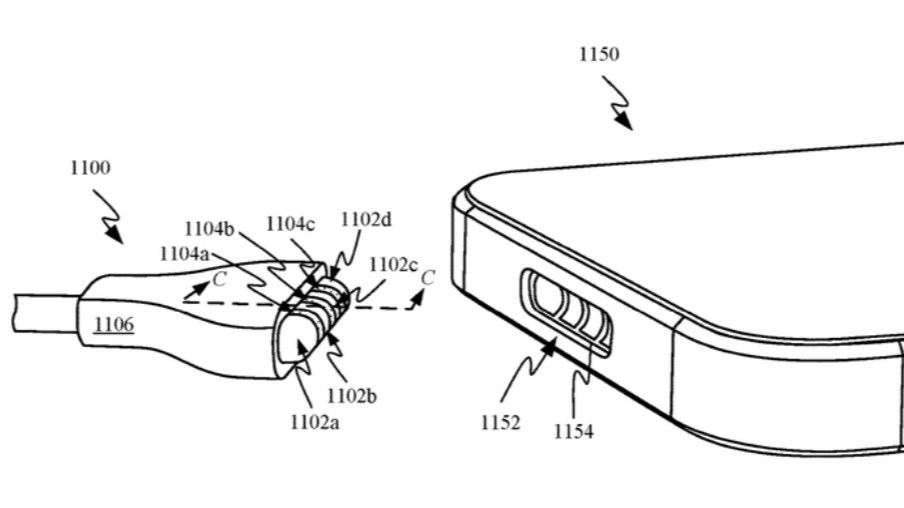
iPhone 14 MagSafe main charger
The iPhone 12 debuted the MagSafe system, which allowed wireless charging through chargers magnetically clamping to the back of the phones. But the ‘MagSafe’ moniker was first used in the MacBook laptops as a type of breakaway charger, and according to another patent, this concept could be used for future Apple phones – potentially the iPhone 14.
As such, this charger would operate like the MacBooks’ MagSafe charger did: magnetically clipping to the bottom of the iPhone 14 and breaking away easily. That means the iPhone 14, should it implement this charging method, would finally lose the Lightning cable, which has been a fixture of Apple’s phones since the iPhone 5. It would be the right time, at long last, to ditch the mainstay charging solution for Apple phones for a faster-charging cable – though it would sure be a curveball if the iPhones didn’t switch to USB-C.
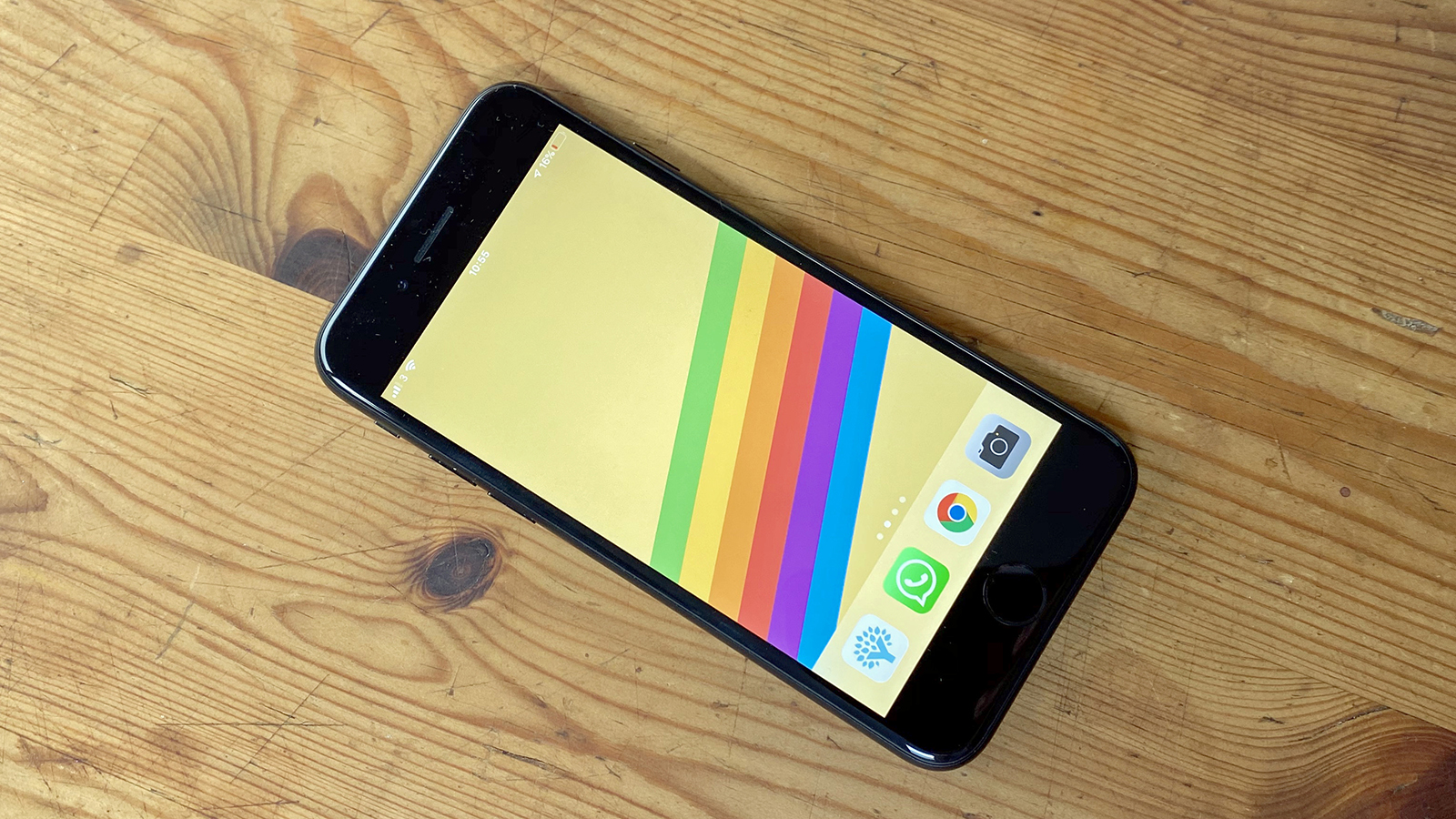
2022’s iPhone range becoming all 5G
The same Kuo rumor suggests that every phone in Apple’s lineup is going to get 5G by 2022. The iPhone 12 range established 5G in all Apple’s flagship phones – leaving the lower-cost handsets to get upgraded to the next-gen connectivity by then.
That just leaves a likely 5G refresh of the iPhone SE in early 2022 and whatever replaces the iPhone 11. It’s possible that the standard iPhone 12 or iPhone 13 will simply take its place, but it’s always possible there’ll be another iPhone 14 model that fills this gap.
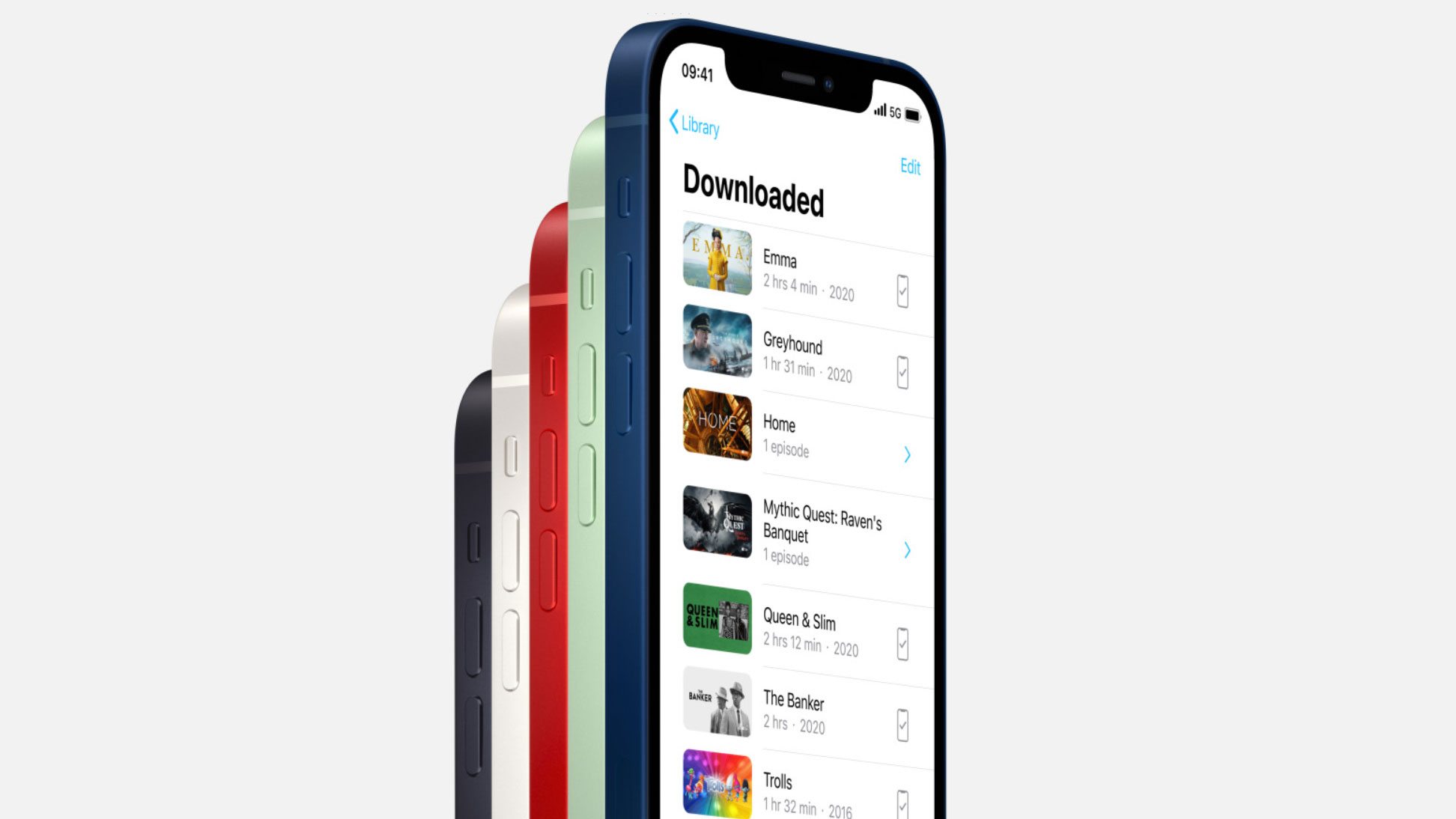
What else do we expect from the iPhone 14
Given we still don’t know how much the iPhone 13 range will cost, we’ll be relying on similar speculation for the iPhone 14 prices. We’ll mainly use the pricetags on the iPhone 12 to guide our estimates.
The least expensive iPhone 14 mini may be the most affordable model, and could start at $699 / £699 / AU$1,199 (the pricetag of the iPhone 12 mini). Similarly, the standard iPhone 14 may cost $799 / £799 / AU$1,349 if it stays in line with the iPhone 12’s cost.
The iPhone 14 Pro price could start at $999 / £999 / AU$1,699, which is where the iPhone 12 Pro’s cost starts. The iPhone 14 Pro Max might then begin at $1,099 / £1,099 / AU$1,849, like the iPhone 12 Pro Max.
Naturally, these expected prices could all change if Apple finds a reason to charge more – they’re roughly in line with their iPhone 11 predecessors, but there could be new must-have features that justify a price hike.
The iPhone 14 release date is also a mystery: Apple tends to launch its phones in Q3, and we’d expect the phones to be officially revealed in September 2022 before hitting the market in October 2022. But given the pandemic’s delays to the iPhone 12 releases in 2020, there’s a bit of uncertainty regarding whether Apple could diverge from precedent and launch the phones on a different schedule.
iPhone 14 vs. iPhone 13S vs. iPhone 13: what will the future iPhone be called?
There’s some uncertainty about whether the iPhone 14 will be called that – and the numbering depends a lot on what happens with the next phone to come. The 2021 lineup could be called the iPhone 13, or it could be numbered the iPhone 12S. In that case, the 2022 phones could be called the iPhone 13 range.
Or, if the 2021 lineup is numbered iPhone 13, the 2022 Apple handsets could be called the iPhone 13S. Nothing is certain until the company gives their official name to the phones, which typically happens well after WWDC in the middle of every year.
Which iPhone 14 handsets to expect
We largely expect Apple to follow tradition and release an iPhone 14, iPhone 14 Pro, and iPhone 14 Pro Max. Whether there will be an iPhone 14 mini remains to be seen – we’ll have to see if another small-format phone comes out in the 2021 lineup before we start considering it a permanent fixture of the flagship iPhone range.
- Stay up to date on tech with the TechRadar newsletter
David is now a mobile reporter at Cnet. Formerly Mobile Editor, US for TechRadar, he covered phones, tablets, and wearables. He still thinks the iPhone 4 is the best-looking smartphone ever made. He's most interested in technology, gaming and culture – and where they overlap and change our lives. His current beat explores how our on-the-go existence is affected by new gadgets, carrier coverage expansions, and corporate strategy shifts.
